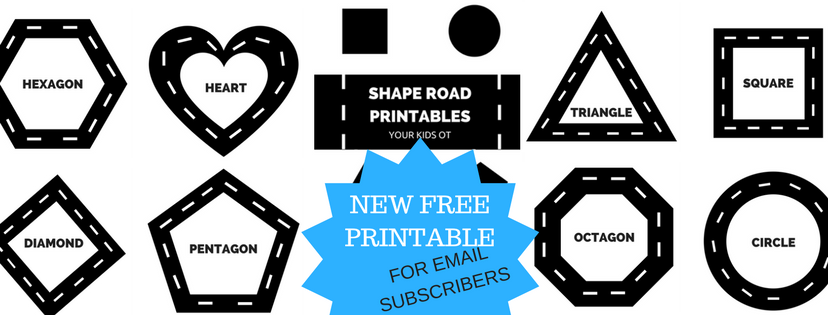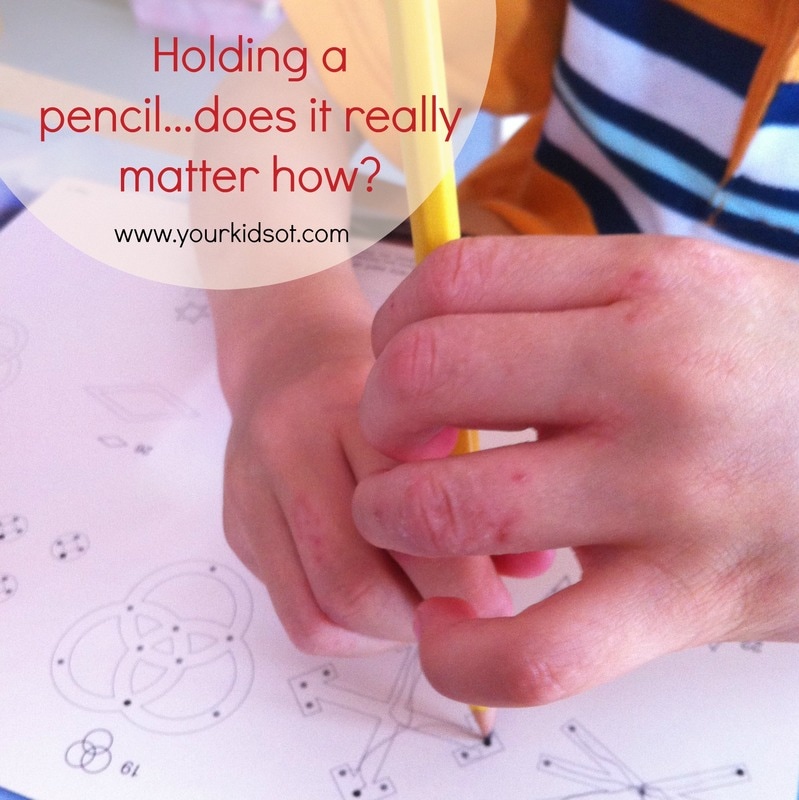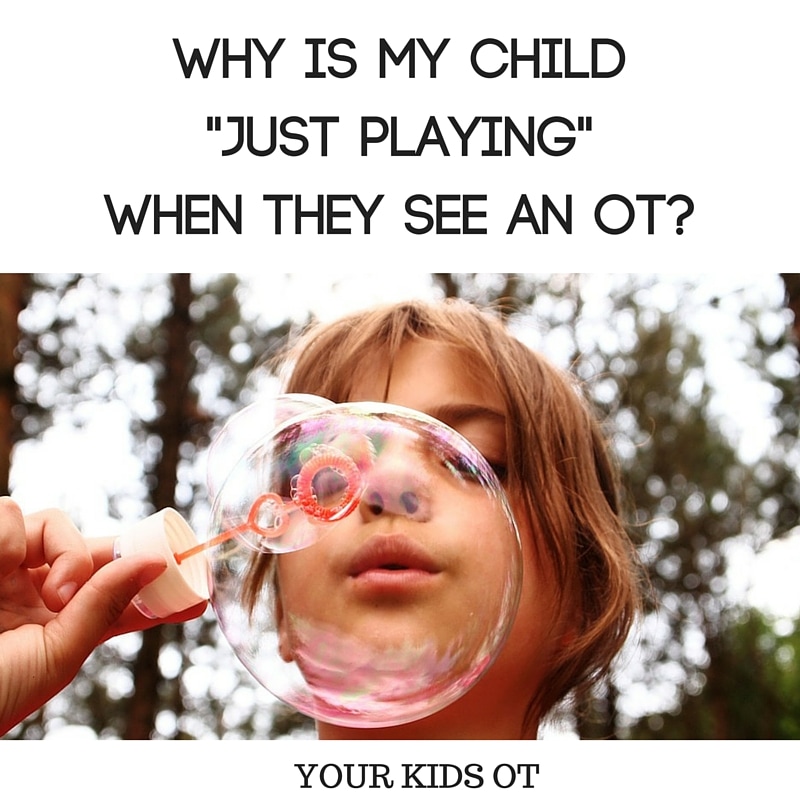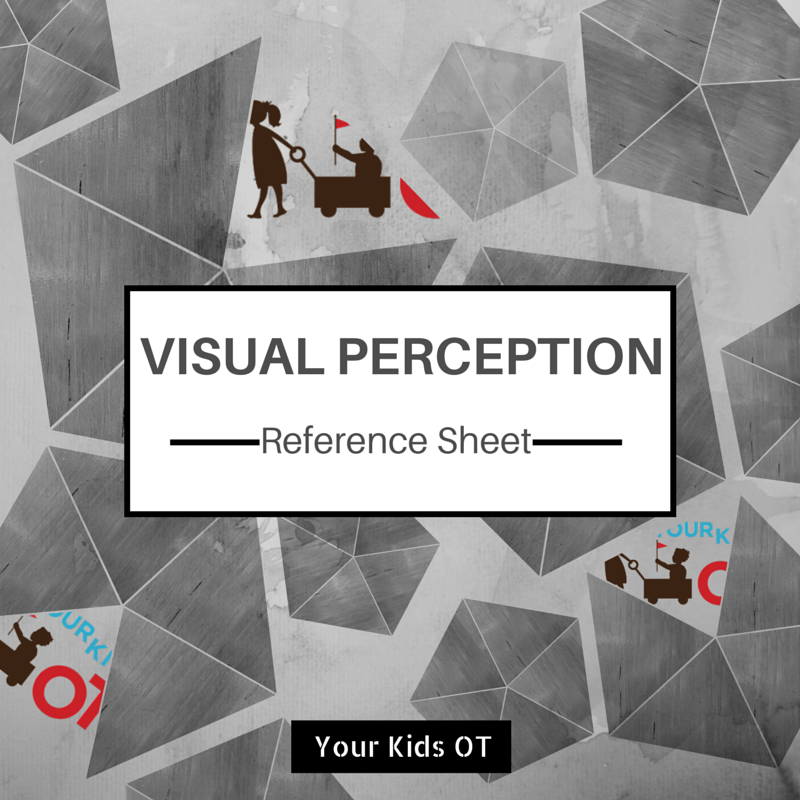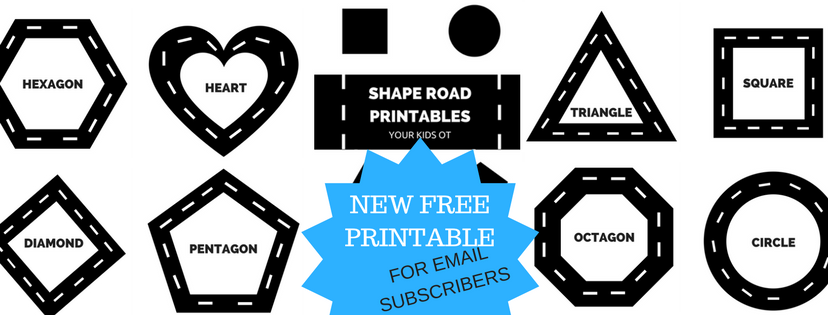|
Oats can be found in many skincare products. They have been clinically shown to help heal dry and itchy skin. Miss 7 has eczema and an "oat-milk bath" was recommended to us by a friend when she was younger. This is what we do.... What do you need? Rolled oats (uncooked and not the instant stuff). Sockette Preparation Place 1/2 cup (or more) of the oats into the sockette. Tie a knot in the sockette. What do you do? Place the oat-filled sockette in some water allowing the oats to soak up the water. Squeeze the sockette. Repeat until you get a milky liquid from the oats. Miss 7 likes using oat-milk on her arms and legs. She rubs the sockette on her skin squeezing out the milk. You can generate quite a lot of oat milk from the 1/2 cup of oats. If you have more than one child in the bath with multiple sockettes, the bath gets quite milky. When finished, discard the oats and wash out the sockette for next time.
When did brushing teeth become so fun? Macleans have created this free app which features a "Nurdle" {A pea sized dab of toothpaste - who knew?"} to encourage your child to brush their teeth. This app has instructions on how to brush, a singing and dancing Nurdle, a 2 minute timer and a reward for finishing. Collect the rewards and use these in the shop to buy clothes and accessories for your "Nurdle". Macleans Nurdle Time will appeal to young children {approx 8 years and younger}. It includes visual instructions for brushing and star points to collect. This app allows for multiple players who can create their own profiles. Great for a family, although we tend to select one person's Nurdle in the morning and the other in the evening. This app has definitely been given the thumbs up by my Mr 3 and Miss 7. Mr 3 says "its funny" and Miss 7 says "its cool". They have always loved brushing their teeth, however this gives them additional instruction and sets the time. I think the app would be useful for a child to watch if a parent is brushing their child's teeth. Note: On speaking with a dentist friend, she suggested caution that the use of this type of app may be distracting. As a parent you are the best judge of how this may affect your child. I would suggest all young children require supervision if not assistance during teeth brushing. We don't use the app all the time but the kids enjoy it when we do. Does your child struggle with brushing their teeth? Disclosure: This is not a sponsored post.
Occupational Therapists have been using "earth" paper for a while. Typically "earth" paper is a series of lines (baseline and scaffold lines) for handwriting. The lines are coloured to provide a visual guide for letter placement and size. Working on letter size and placement helps handwriting legibility when printing.
I have used my version of "earth" paper in therapy sessions with great success to help with letter size and letter formation. The results are neatness and legibility as well as child's understanding of how letters look in relation to each other. I have developed a set of "earth" paper which is unlike those found elsewhere. There are solid coloured lines for the earth {brown}, grass {green} and the sky {blue}. Lines have been produced in two sizes (8mm and 6mm). My version of "earth paper" can be purchased from the Your Kids OT shop. I usually use "earth" paper when introducing letter sizes and reinforcing starting points for letter formation. "Earth" paper is great when introducing letter families according to size of the letters {Refer to previous post for descriptions about letter families in "Meet my Letter Families"} . "Earth" paper may be laminated for durability to use with multiple children or repeated use with one child. You can take a photo of their work so that you have a record of progress. Alternatively you could colour photocopy numerous pages of "Earth paper" to use as needed with a class or individual children. As a child becomes familiar with writing on the paper, I may place a copy of the "earth" paper under their regular notebook as a faint guide. I will then withdraw the use of the paper as the child shows more consistency with letter size and formation. I may come back to the "earth" paper with the same child if they have a future block of therapy or after a break such as the school holidays. Here is a guide for using "earth" paper.
"Earth" Paper may be purchased from the Your Kids OT shop. This PDF visual guide contains a how to use guide, wall poster with NSW foundation font letters placed on the "earth paper" and two pages of blank "earth paper". Lines have been produced in two sizes (8mm and 6mm). See a preview of this paper below.
Have you used "earth" paper? Has your child shown an improvement in handwriting legibility after using "earth" paper? Banana sour cream muffins are a quick yummy snack, perfect for the school lunch box or afternoon tea. The sour cream keeps the muffin moist and the cinnamon sugar on top adds a special touch of yum!
Method 1. Preheat the oven to 180°C (350°F). 2. Peel and mash the banana in the mixing bowl. Add 2 eggs, sour cream, vanilla and oil. 3. Whisk these ingredients together until well combined. 4. Add the sugar. Sift in the flour and baking powder. Stir mixture gently with spoon. 5. Line muffin tray with patty pans. Spoon mixture into patty pans. 6. Sprinkle cinnamon sugar on each muffin. 7. Bake in the oven for 15 minutes. You could adapt this recipe with different flavours (white chocolate and raspberry, blueberry, choc chip, apple and cinnamon). What is your favourite muffin flavour? Happy Baking!
Visual perception is the process of extracting and organising information, giving meaning to what we see. It is required to perform everyday tasks, such as reading, copying information from a board or understanding symbols. Read more about visual perception on the Visual Perceptual Skills homepage.
As children develop visual perceptual skills and visual spatial skills, they develop an awareness of how they relate to the world around the. They develop body awareness and work out how to relate to objects. They also become aware of how objects relate to each other.
This simple shape matching activity is great for toddlers and preschoolers. It helps kids to become familiar with shapes and understand how to position something in space to match the picture given. This is a really important skill when they learn to draw and write, as they need to "figure out" where lines are in relation to each other to form a picture or letter.
How to use:
Simply match the craft stick {or other item} to the shape pattern sheets. Your child can match the appropriate colour as well. You could also make the patterns for your child to copy without the pattern sheet. But wait, there's more.... here are suggestions to progress this with your child. The list below is also useful for therapists who may carry this one activity in their "tool kit" and vary it for various children seen within a day according to their skills.
Older children might like the challenge of building a maze with their craft sticks!
For Telehealth OT, I've been using the pattern sheet via a "share screen" or "share pdf" with the children I'm seeing. I can select the pattern and then we can build it together using sticks in front of each of us. I have also used this to encourage drawing from the screen.
Watch how you can use craft sticks on the You-tube video below or via this link --->
If you have an older child having difficulty with letter formation, then it is worth re-visiting shapes and pattern making. Don't forget to visit theYour Kids OT shop for your copy of these shape pattern sheets.Craft Stick Pattern Copy Templates 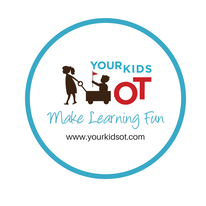
Cindy is a registered occupational therapist practising in Sydney, Australia. She has two growing children who are a constant source of inspiration and learning. Cindy loves working creatively to help children to reach their potential, finding opportunities in everyday living and making learning fun. She is also addicted to making printables (even when they take a long time to complete). Cindy is the author of the Occupational Therapy blog Your Kids OT. Read more articles from Your Kids OT at https://www.yourkidsot.com/blog
Cindy is a member of the Functional Skills for Kids Therapy Team. They have together published THE HANDWRITING BOOK, THE SCISSORS SKILLS BOOK and THE TOILETING BOOK. The information on this site is general in nature. The activities are safe for most children, however, you should consult an Occupational Therapist or health professional to address specific movement, sensory or other medical conditions. Affiliate links are used throughout this website to promote products I love and recommend. I receive a commission if any purchases are made through these links. Please see my disclosure policy for more details. Amazon Store: https://www.amazon.com/shop/yourkidsot YKOT shop: https://www.yourkidsot.com/store/c1/Featured_Products.html Teachers Pay Teachers: https://www.teacherspayteachers.com/Store/Your-Kids-Ot Facebook: https://www.facebook.com/yourkidsot Instagram: https://www.instagram.com/yourkidsot/ Pinterest: https://www.pinterest.com.au/yourkidsot/
You may also like:
Whilst I don't think that "SparkleFish" teaches kids about story structure or creative writing skills, this app does encourage creativity. It helps children to learn the difference between nouns, verbs, adjectives and adverbs. It's a lot of fun too. SparkleFish could be used to to engage children in a therapy session or in the classroom. It could be combined with a writing activity after hearing the SparkleFish story.
A homemade "roller" for babies to encourage tummy time. The roller allows a baby to weight bear on their arms as they reach for a toy. Encourage your baby to shift weight through their arms when gently moving forward. This is important for getting ready to crawl, strengthening the shoulder girdle and trunk. How to use?
Gently place baby (approximately 6 - 12 months) over the the roller. Provide support around the hips and gently roll the baby towards a toy. Encourage your baby to reach and play with a toy and to weight bear on their arms. Roll them back onto their legs and repeat. Be guided by your baby with how many times to repeat. You may also provide an opportunity for your baby to kneel prior to rolling forward. Caution: Always supervise your baby with the roller. Provide physical assistance and never leave your baby unattended with the roller. Adjustments should be made after each use to make sure it is firmly rolled up. This should not be used with toddlers and older children. A homemade roller is useful for families who are looking to encourage tummy time and crawling without the expense of a store-bought foam roller. Why not share this with your mother's groups or playgroups? This is also great for therapists for use on home visits where budgets are tight. Have you got a baby learning to crawl? This is the first of many "Dough Wars!" to be found here at Your Kids OT. There are so many "doughs" on the market and many more recipes for various "doughs" on the internet. Today, I'm comparing "Cloud Dough" and "Kinetic Sand". Don't know what they are... read on...
Winner: Cloud dough is the cost effective option. I feel protective of the Kinetic sand each time I see some land on the floor and potentially be thrown away. {Feels a bit precious because of the cost, but that could just be me!}
Winner: Either .... A personal preference here. Both feel great to me!
Winner: Kinetic Sand is easier to mould and shape. Both have great properties though.
Winner: Kinetic Sand is less messy but not completely mess free. I will leave the overall winner up to you! Both sensory experiences are fantastic. They have unique properties that are better felt than described. Kinetic Sand would be a great present for a child and I can see "Cloud Dough" in preschools and childcare centres across the globe! Try them both and let me know what you think! Note: Cloud dough should not be consumed. Please supervise children during this activity and it is not recommended for children less than 3 years of age. 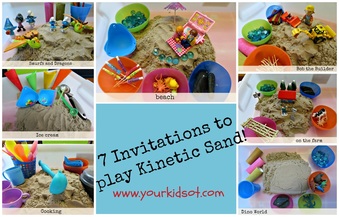 Editorial Note after publication: Looking for more ideas when playing with Kinetic Sand? Read about"7 invitations to play Kinetic Sand". Here is a quick and easy way to help your child who is learning to put their shoes on independently.
There are two different "letter families" that I use. Letter families are groups of letters taught at the same time for a specific purpose. I have grouped these letter families when teaching to write NSW Foundation Font lowercase letters in print. NOTE: This blog post will focus on letter families. There are a few references in this blog to look out for future posts about activities that may be done to encourage learning letter families. There is just too much information for one post about this!! Thanks for your patience. Let me introduce you to the first letter family {Magic C letters, Line letters and the odd ones out}. I use this letter family when introducing or focusing on letter formation. Magic C letters are written with the "C" component drawn first during letter formation. Line letters are written with the "line" component drawn first during letter formation. I further categorise these letters according to size teaching tall lines, short lines and then the tail lines. Odd ones out are letters that have no common features.
Once letter families are introduced to children, I use several activities to help children classify the letters into the aforementioned groups. This may include sorting out flashcards into piles, using magnetic letters to put groups on different boards, completing a find a word puzzle of one category of letters, etc. Future posts will have photographs and further descriptions. The letters in the second letter family are based on size {small, tall and tail letters}. Look out for future posts for suggestions to work on letter size. Why letter families?
1) Letter families help children to "group" or "classify" letters. With the letter formation family - children group the letters not only in the way they look but also according to the first motor action it takes to write the letter {eg. draw a line down). This in turn, helps children to plan when writing as they can visualise what they need to do. With the letter size family - children group the letters in relation to each other [eg. tall letters are twice the height of small letters}. This again helps with planning and visualisation for writing. 2) The letter formation family may help with classification of common letters that children "reverse" such as"b" and "d". In this instance, children learn that "b" is a line letter so the line is drawn first. "d" is a magic c letter so the "c" is drawn first. 3) The letter size family can remind children of a letter's "starting point" when writing. For all "tall letters" start up high (with one exception being d). 4) Letter families help children with legibility and neatness. Do you use letter families? What letter families work for your children? |
AuthorHi, I'm Cindy and I am an Occupational Therapist. I enjoy working creatively with children to see them reach their potential. Read more about me here. SEARCH THIS SITE
Archives
June 2024
Categories
All
Popular Posts |
Join the YKOT e-newsletter!
Subscribe to get our latest content by email and receive
the SHAPE ROADS PRINTABLE NOW!

Success! Now check your email to confirm your subscription and receive your free printable!
Join our Mailing List!
Subscribe to get our latest content by email and receive
the SHAPE ROADS PRINTABLE NOW as a thankyou!

Success! Now check your email to confirm your subscription and receive your free printable!
Disclaimer: The information on this site is general in nature and should be used for educational and entertainment purposes. The activities are safe for most children, however, you should consult an Occupational Therapist or health professional to address specific movement, sensory or other medical conditions. This blog does not replace formal therapeutic professional advice given by a health professional or medical practitioner. Reviews and endorsements of products will only be made based on my expertise and personal opinion; and deemed worthy of such endorsement. The opinions shared in sponsored content will always be my own and not that of the advertising company or brand. Content, advertising space or posts will be clearly identified if paid, affiliated or sponsored. Affiliate links may be found throughout this website in advertising. This means that if you follow through with a purchase from these links, Your Kids OT will receive a percentage of the sale. Your Kids OT undertakes to meet the requirements of the "Social Media Policy" as published by Australian Health Practitioner Regulation Agency (AHPRA). Further information about this policy can be found here.
Find meFollow me |
About me
AuthorHi, I'm Cindy and I am an Occupational Therapist. I enjoy working creatively with children to see them reach their potential. Read more about me here. |
Copyright © 2017 Your Kid OT

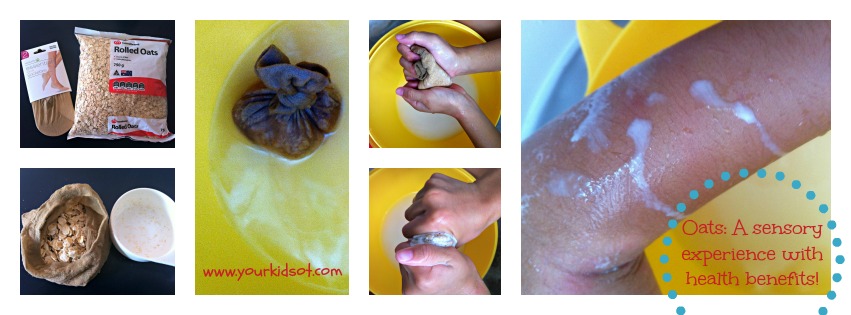

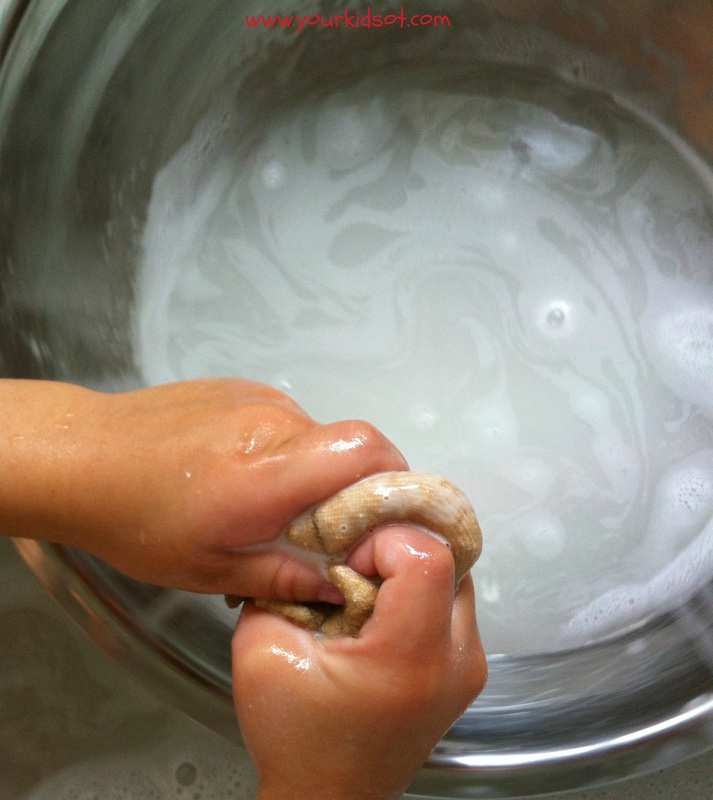
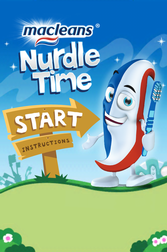


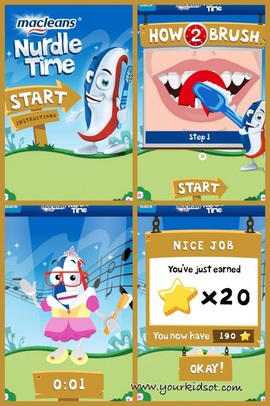
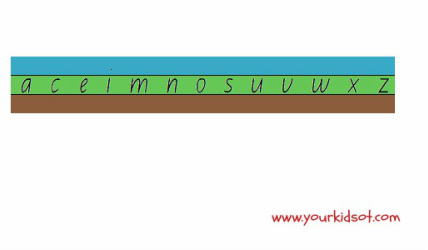
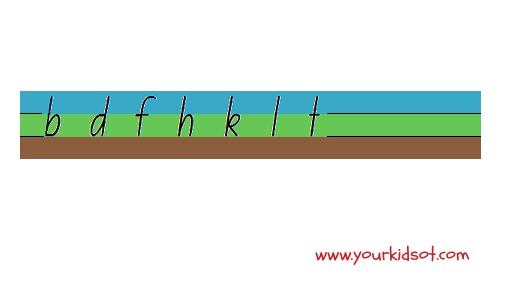
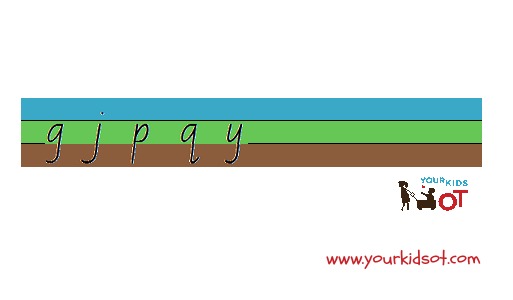

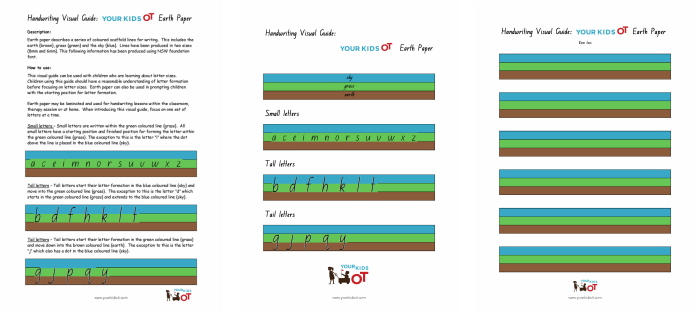
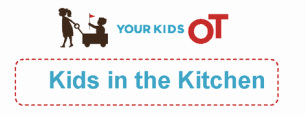
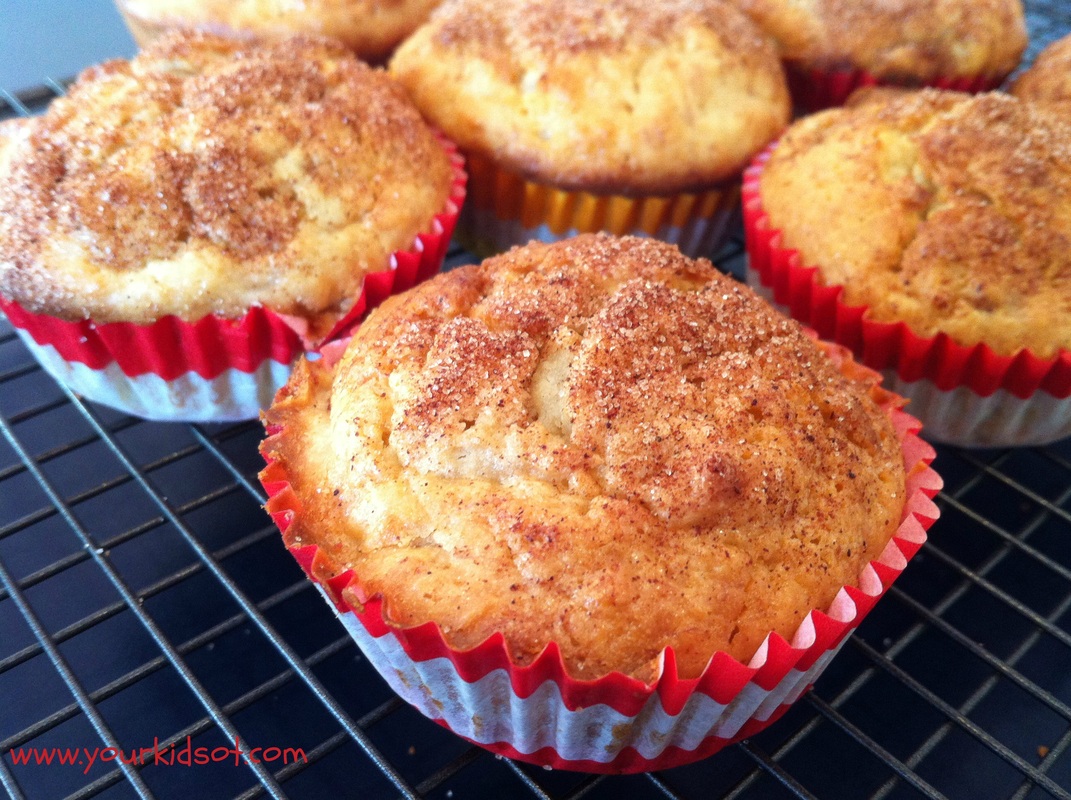
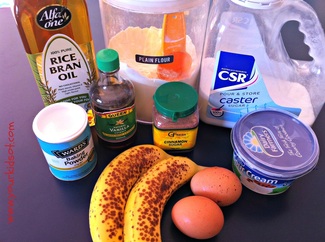
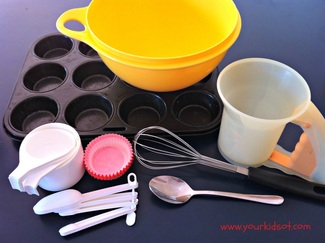




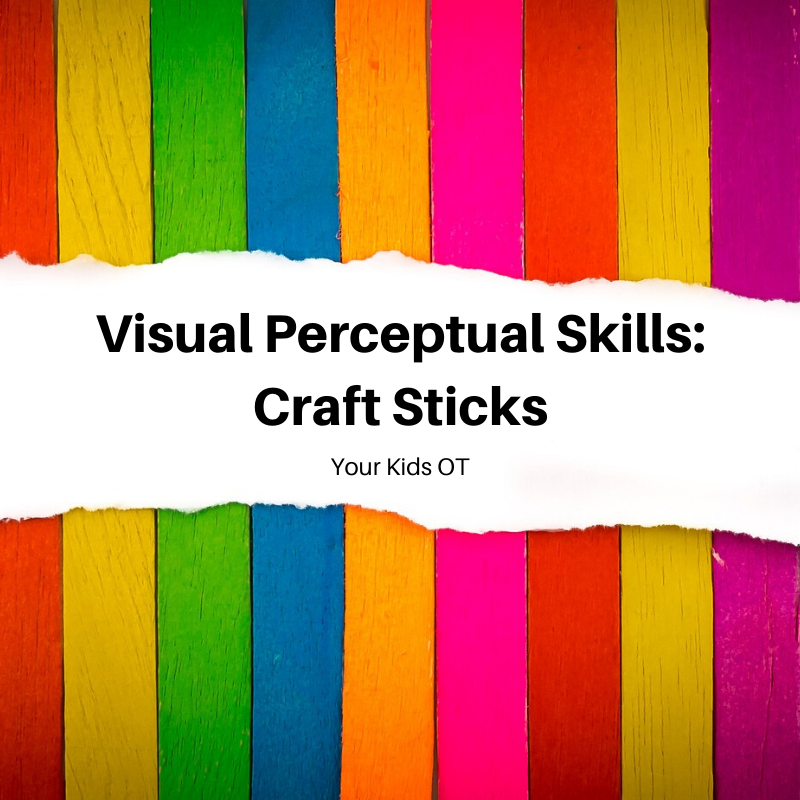
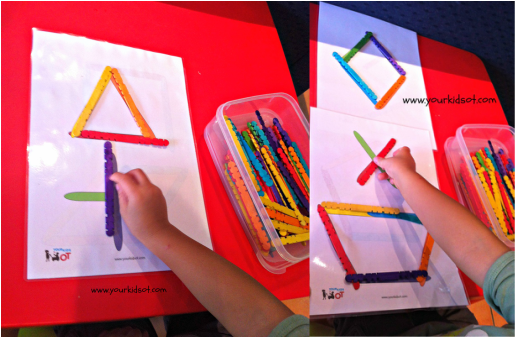
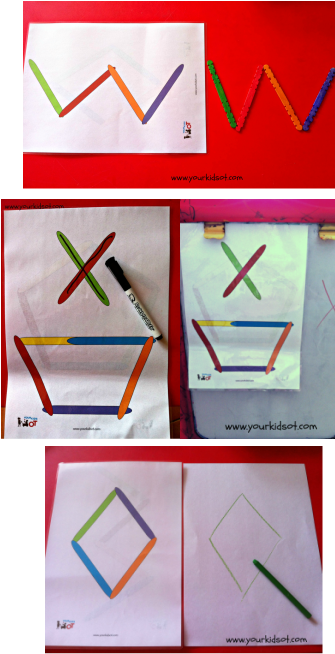
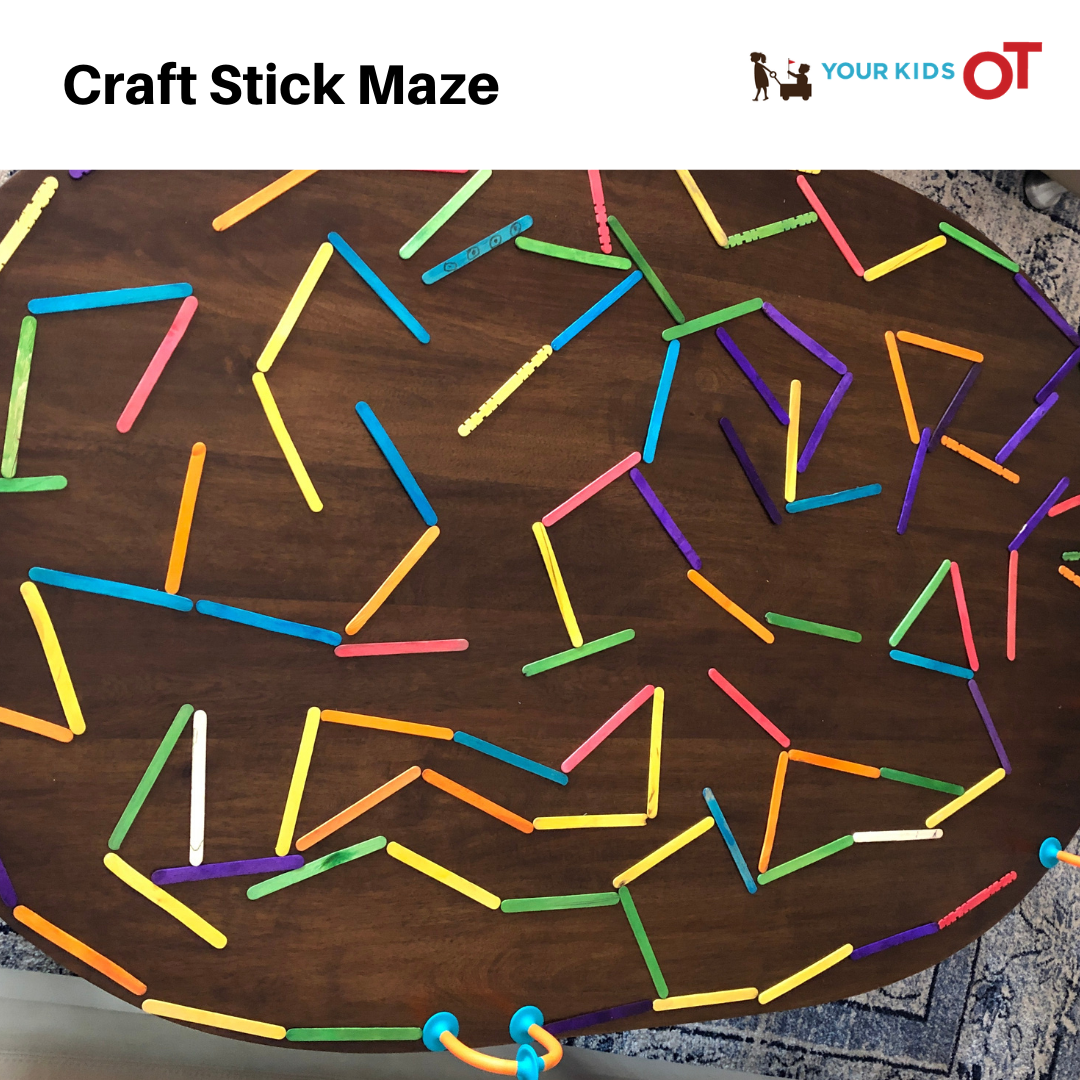
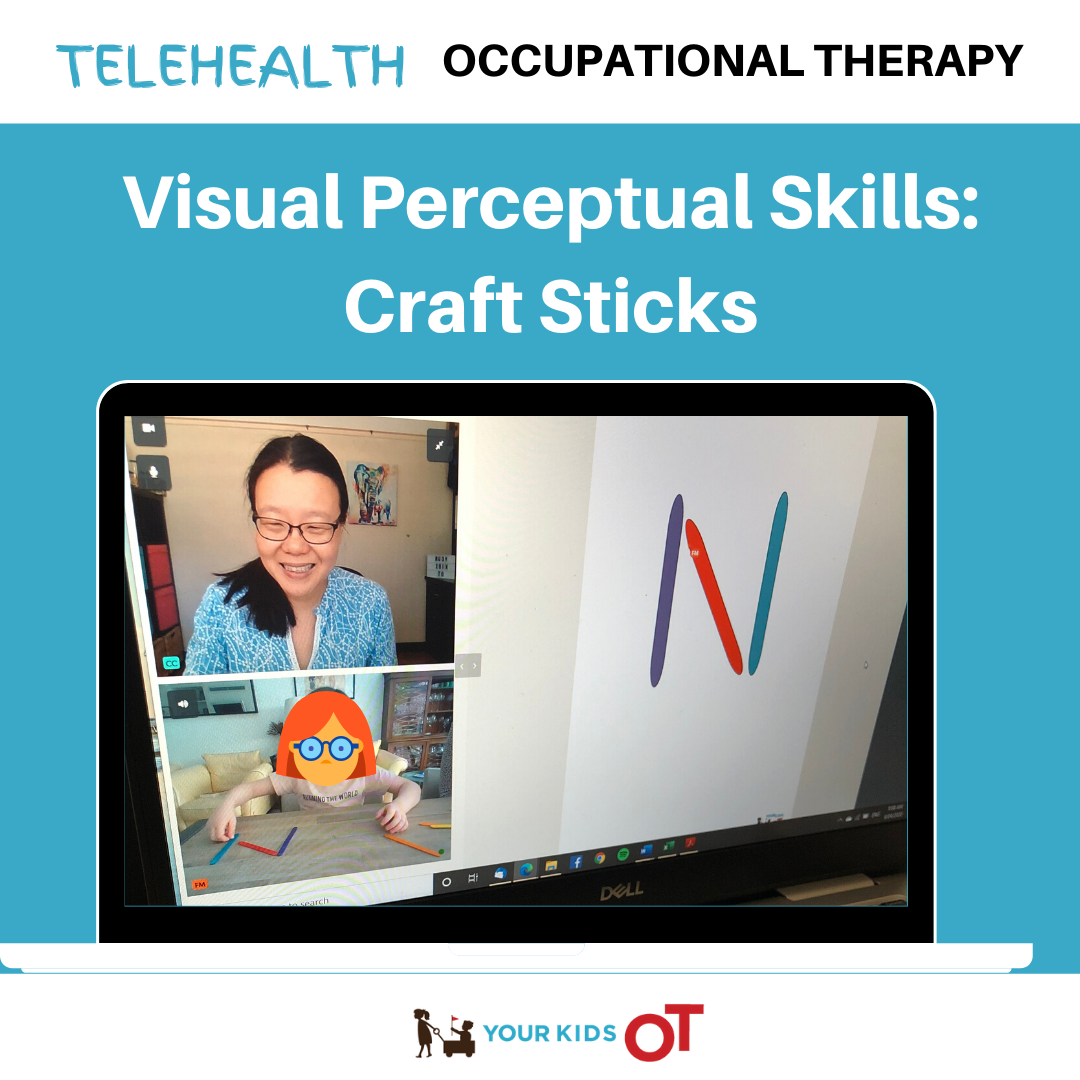

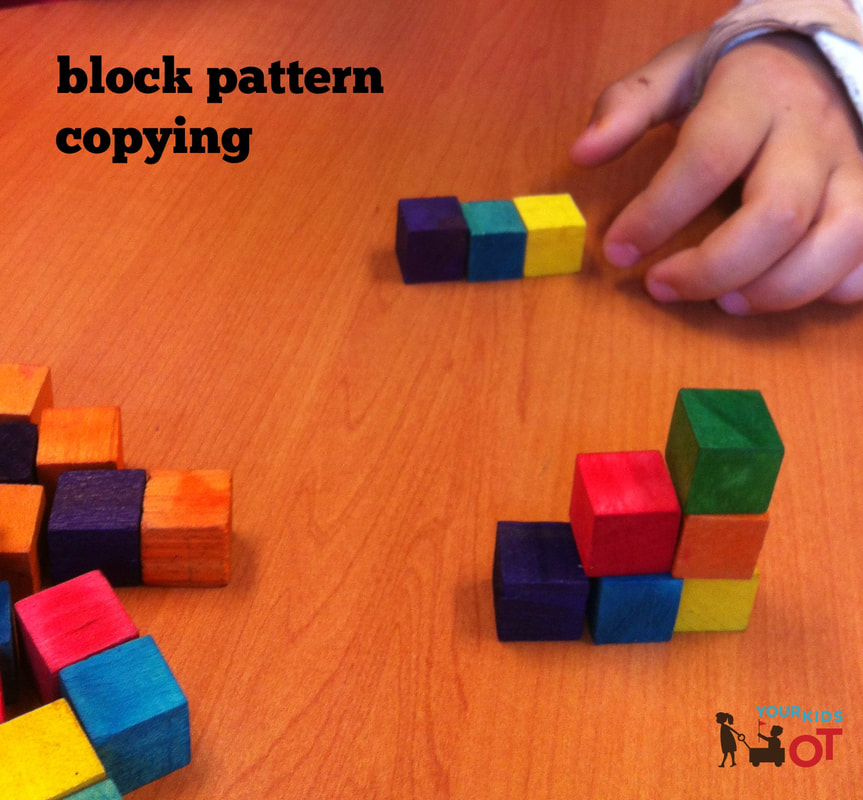
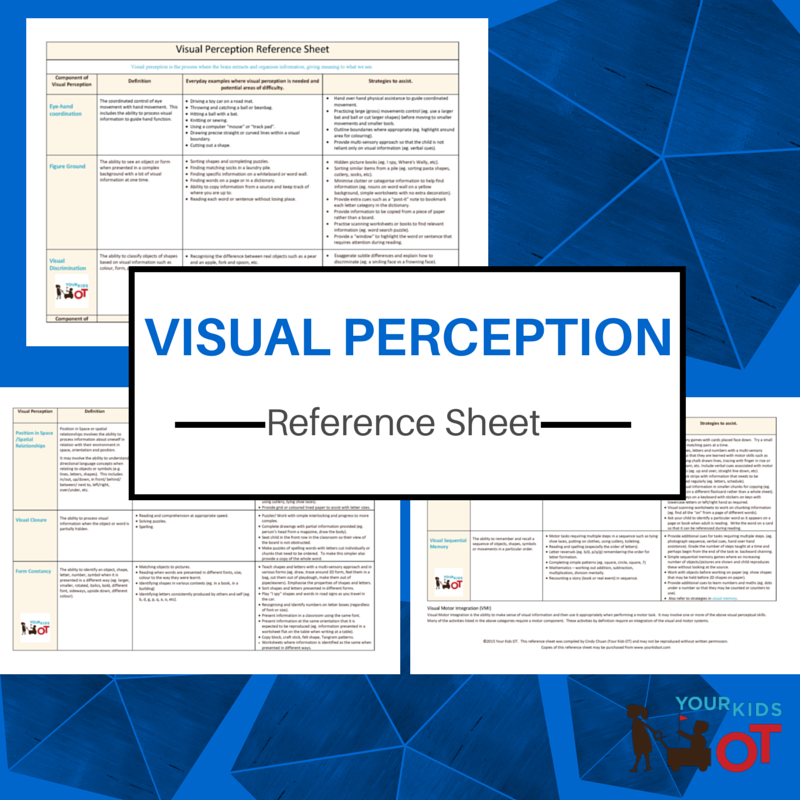
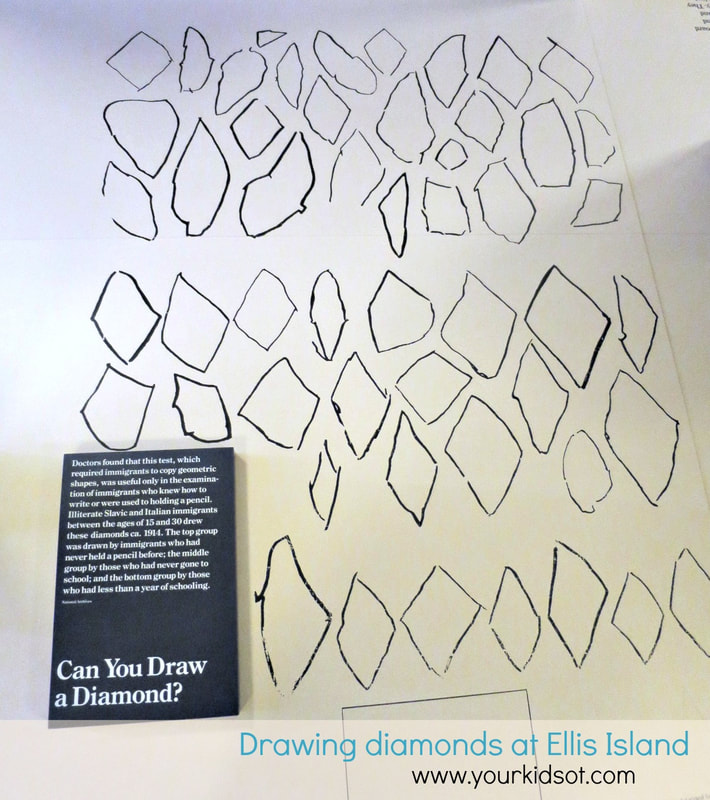
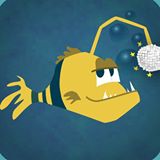
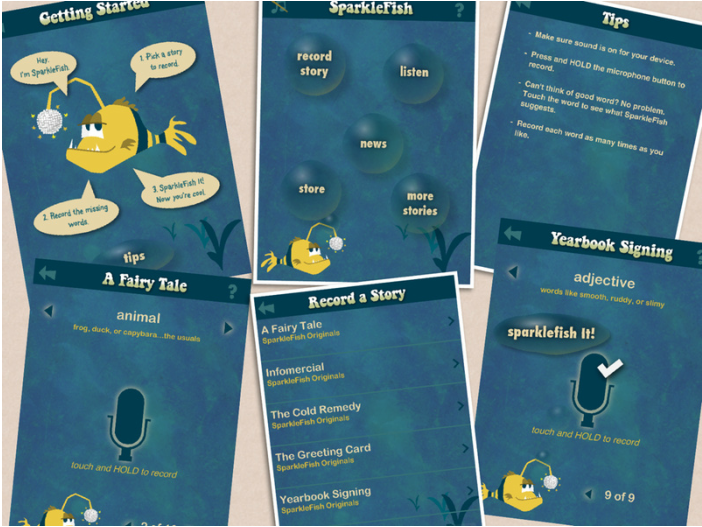

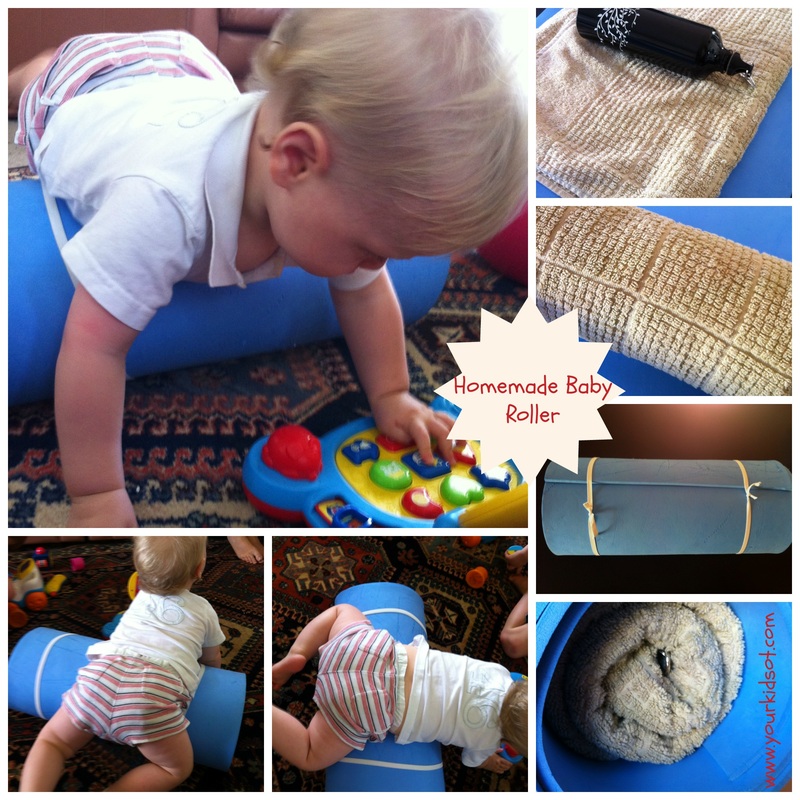

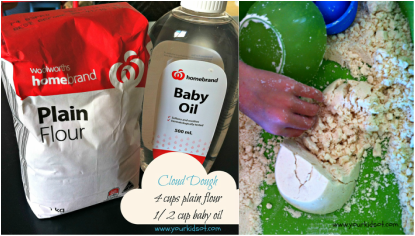
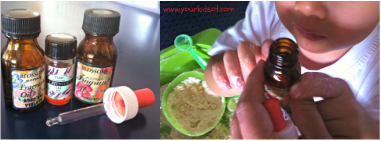
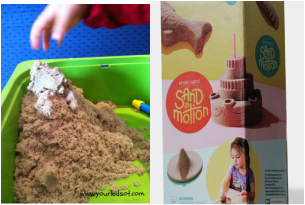
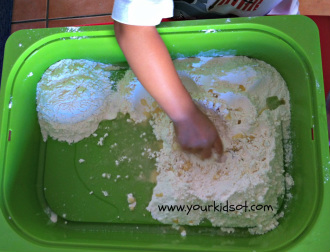
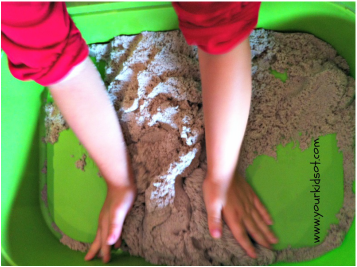
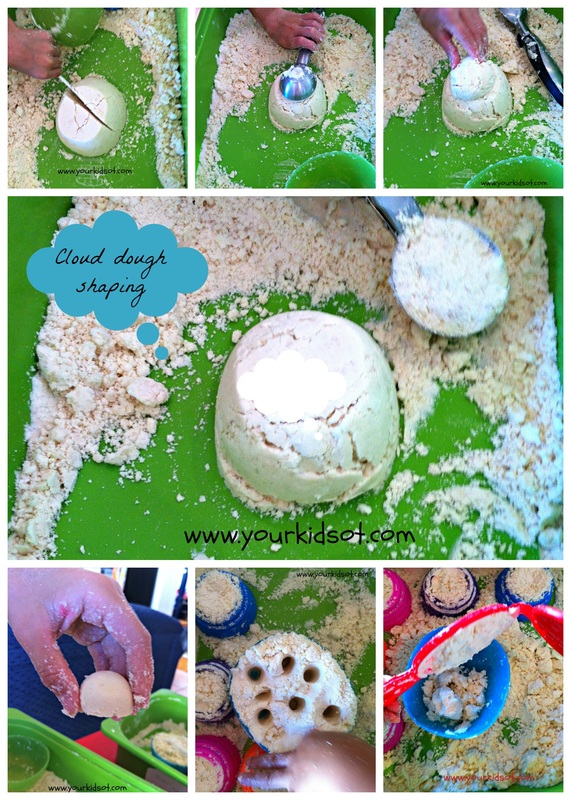
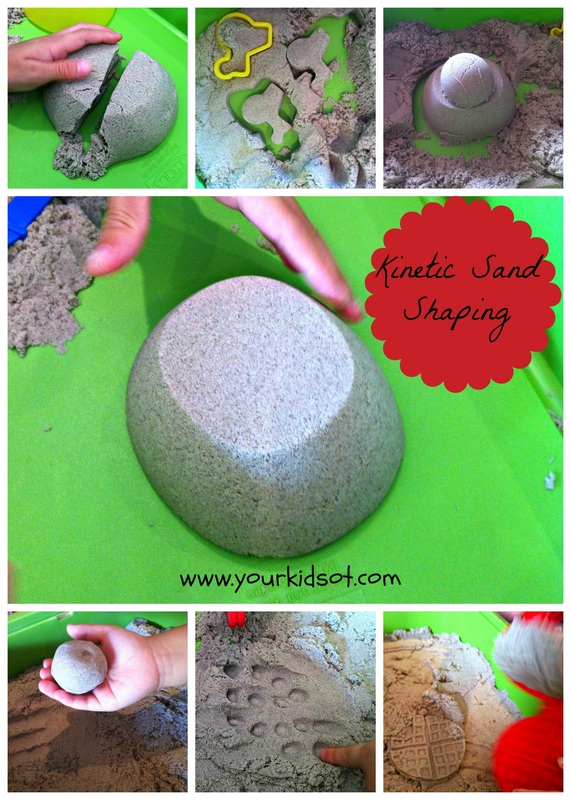
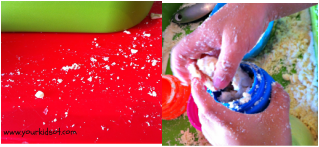
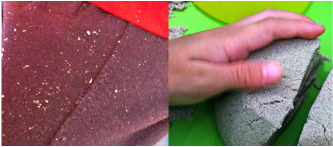

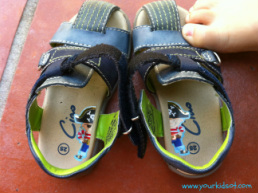

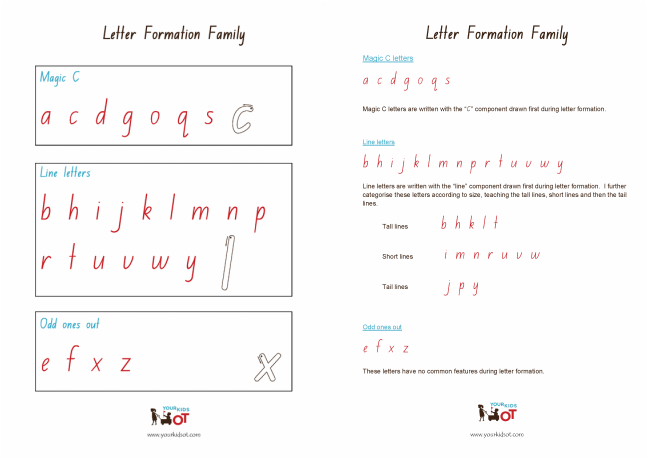
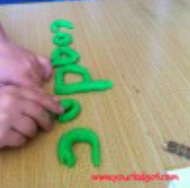
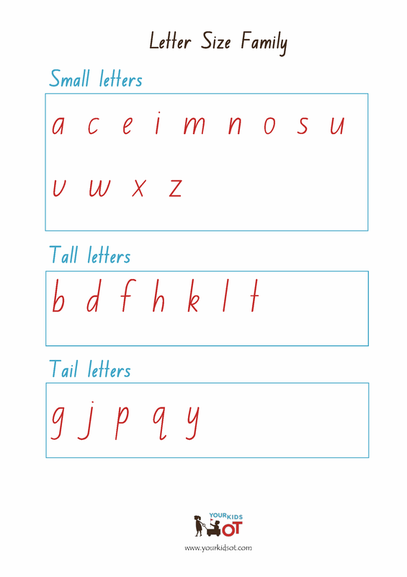

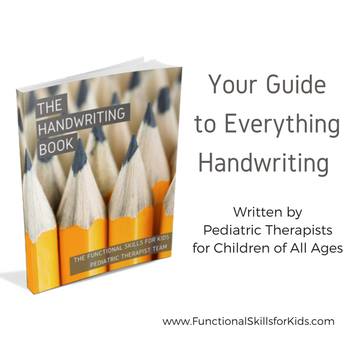
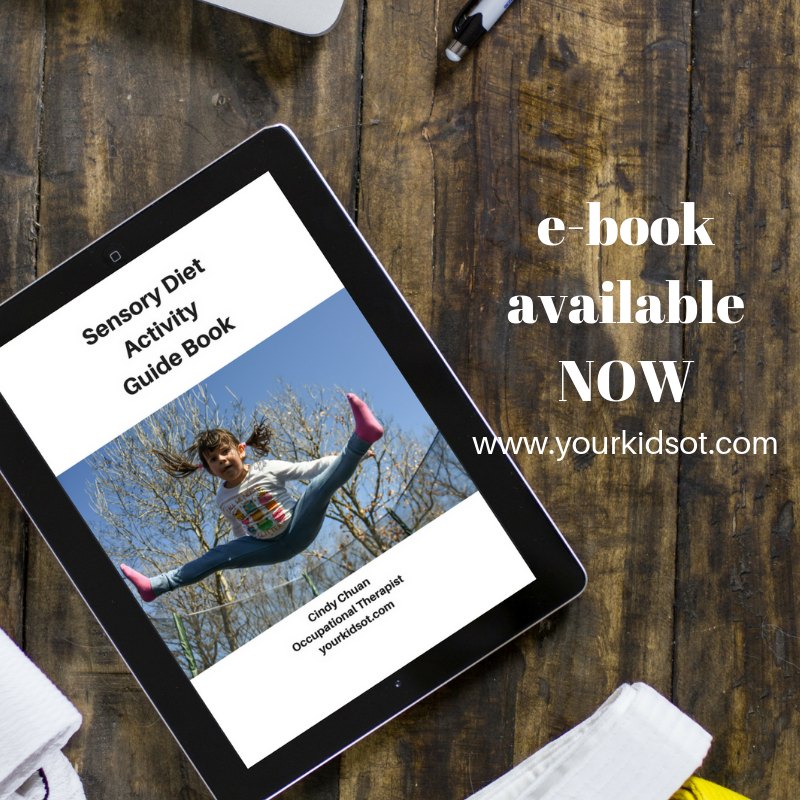
 RSS Feed
RSS Feed
